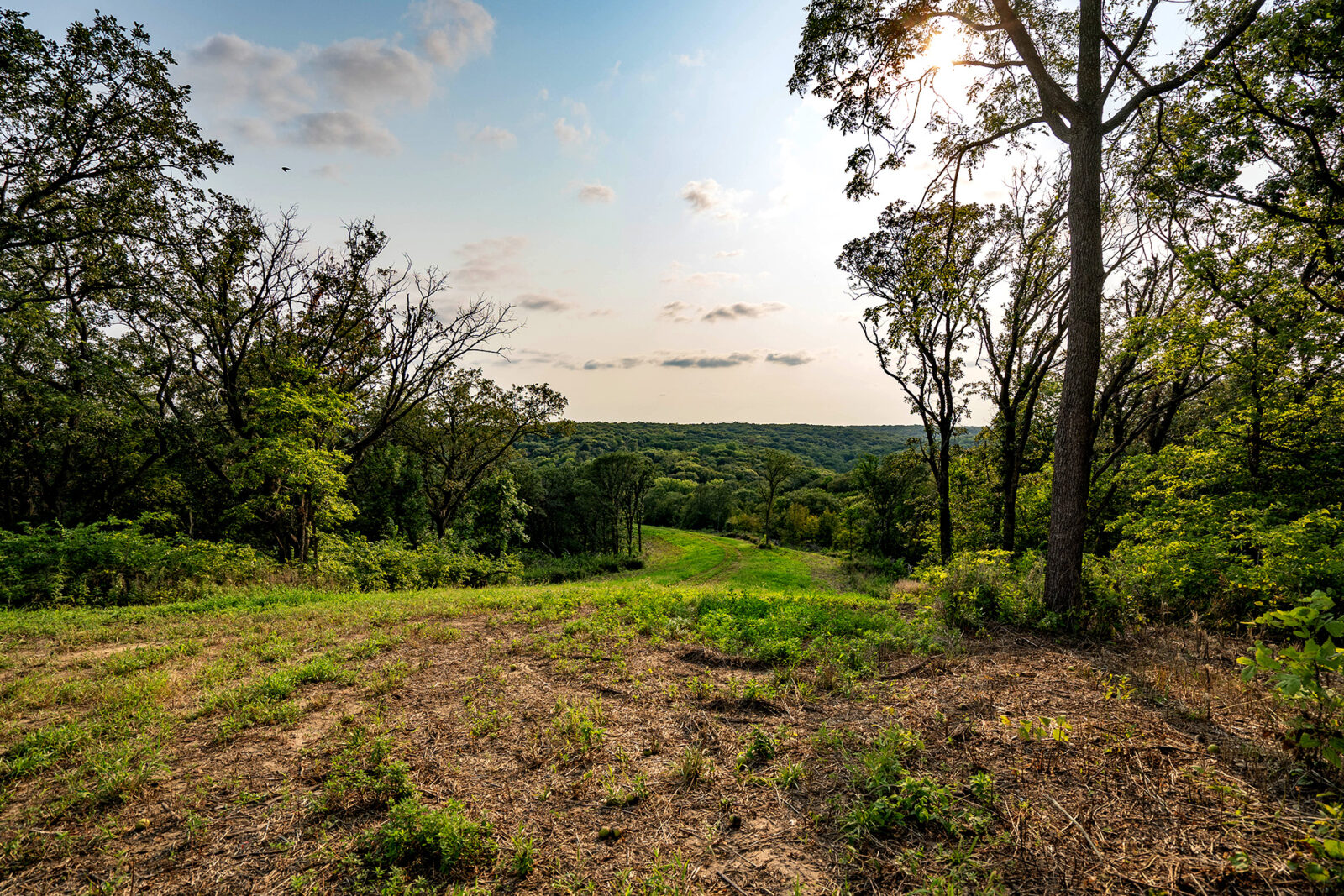Land and Legacy’s Adam Keith and Matt Dye discuss how to encourage big whitetail to make moves in the productive daylight hours.
We often hear hunters complaining about a big buck or two they have on camera that’s nocturnal. Sometimes ninety-plus percent of the pictures they have of some “hit list” bucks occur after shooting hours, providing them essentially no opportunity to harvest these deer. In reality, most bucks never become nocturnal, rather they just use certain areas more than others in daylight hours. Even mature bucks move in daylight hours, almost without exception. However, those movements may be limited to just a few acres in some cases.
Understanding what habitat is required to make these mature bucks feel comfortable enough to move during daylight is the key to cracking the code. We are going to walk you through this feature by feature, starting with the foundational aspects of bedding cover and ending at food plots. Follow these techniques to create and manipulate the landscape to increase deer movement during daylight hours.
Bedding Cover
Secure bedding cover is the foundation of making deer feel comfortable. Thick, diverse cover is needed. Think of the regrowth two years after a clearcut. An area full of stump sprouts providing browse, horizontal cover in the form of downed treetops, briars, brambles, and forbs (weeds) for summer and fall forage. For the sake of hunting, these bedding thickets should be 0.5 to 5 acres in size. If they are too small, they won’t hold enough deer. If they are too large, it can be difficult to hunt the edges and pinpoint the primary entry and exit locations deer are using.
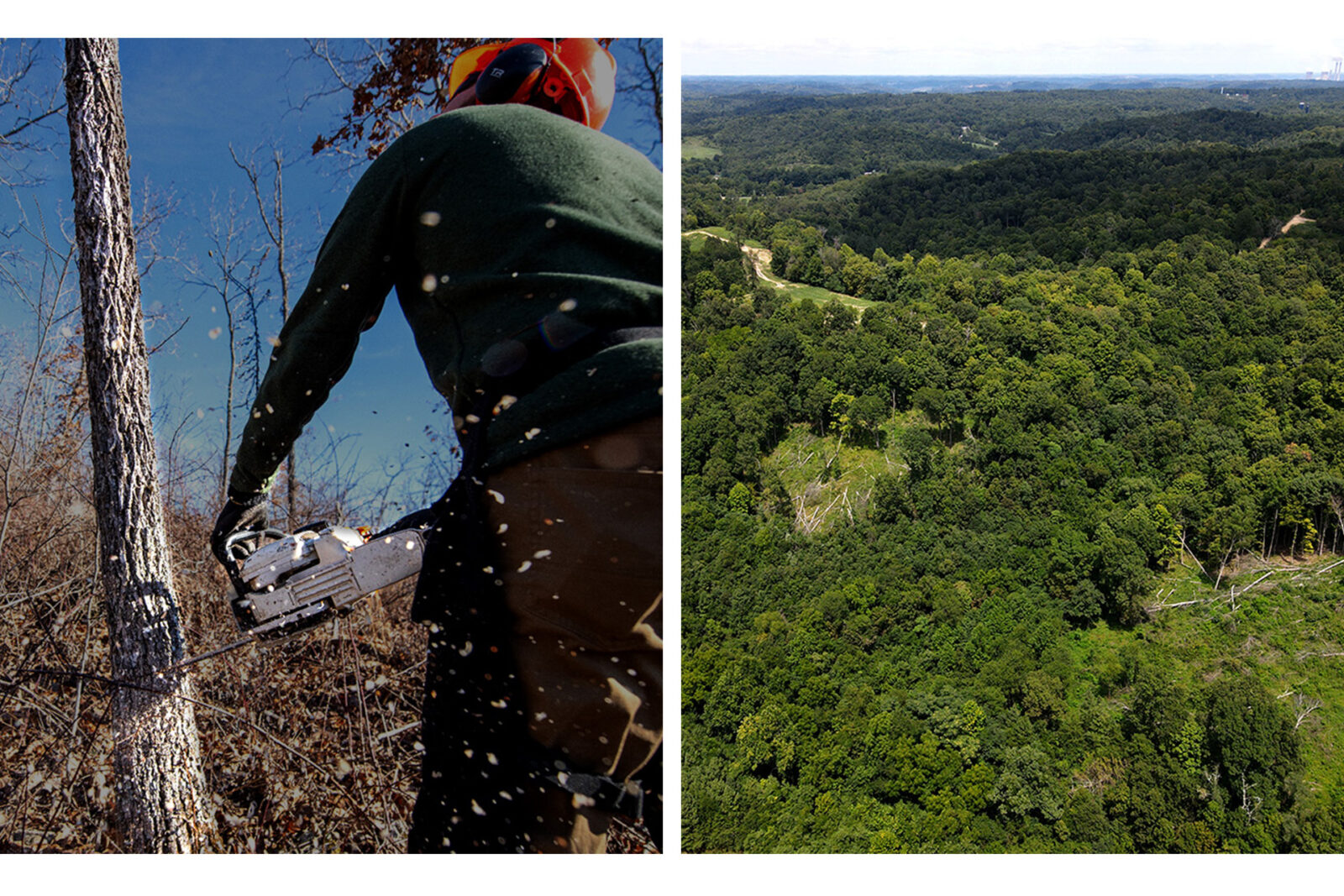
A diversity of food AND cover is critical for a successful bedding thicket. The cover creates an environment that makes deer feel safe and will result in does and bucks bedding within the area. During the rut, bucks will check bedding thickets often to see if any receptive does are present. Food is critical because deer will often move around within a bedding thicket several times throughout the day, browsing for short 30-minute stints. If there is no food, only cover, deer will tend to wait longer to leave the cover, knowing they have to travel through less secure areas to feed. This may result in deer not moving until the last few minutes of daylight.
Travel Routes
Savvy hunters and land managers create travel routes between bedding areas and feeding areas to further entice deer to feel comfortable, thus making them more likely to travel during daylight hours. Thinning timber as much as 50% along a corridor connecting bedding and feeding locations can produce tremendous results. The added cover of the downed trees makes deer feel more secure, and stump sprouting increases browse along the travel routes.
The increased sunlight will also stimulate a flush of growth, producing excellent browse. When deer have something to browse as they work toward a food plot, they will often slow down, spending many hours during daylight feeding along such routes. Adding periodic prescribed fire will ensure thinned areas stay productive for decades.
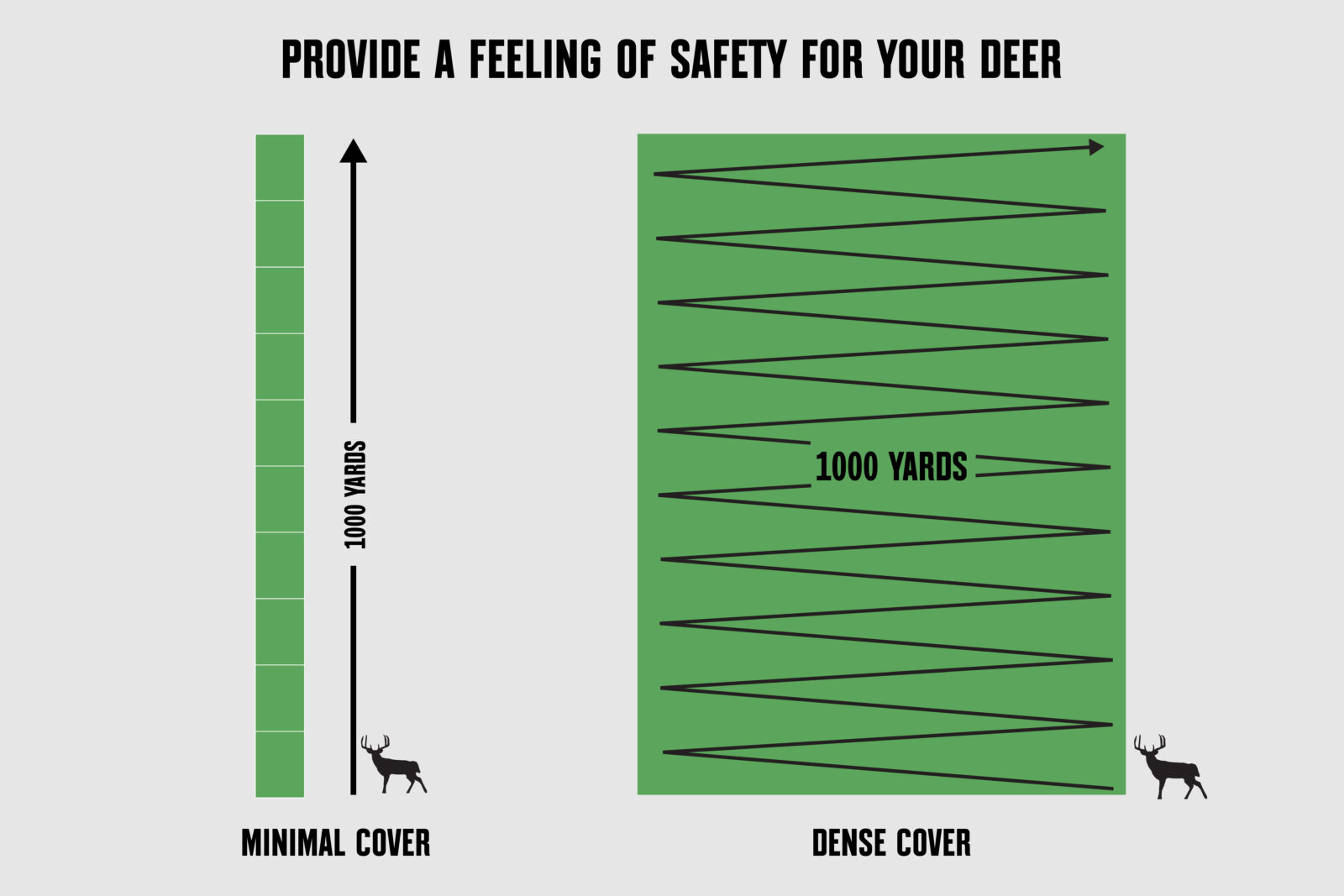
Although similar components of a bedding area can be found in these thinned canopy travel routes, it is still not as dense as a well-maintained bedding area. The travel routes have more vertical growth that breaks up outlines as deer move. It’s important to consider the shape of a deer’s body. The upright neck and head are where all the key senses are located: eyesight, hearing, and smell.
Deer are most comfortable in cover where their horizontal body (vitals) is hidden by vegetation and where their heads and senses can be used to detect any danger. When deer have this cover, they move in a more relaxed state and more often in daylight hours. Vegetation growing from four feet and lower is the key for daylight movement.
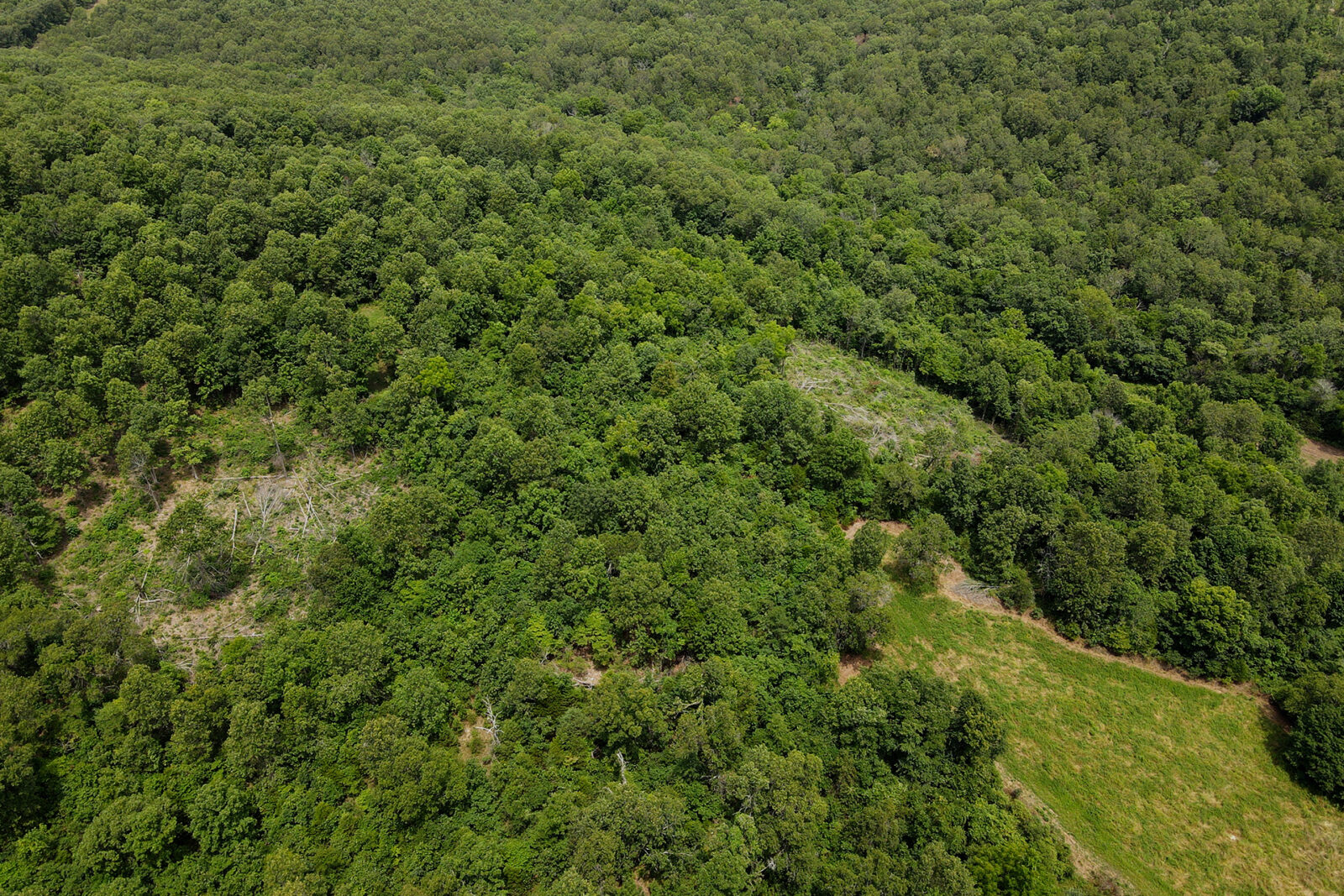
Feeding Areas
Food plots are one of the most common habitat management practices deer hunters employ. There is satisfaction in knowing something you planted has grown all season and is attracting deer during the fall. But not all food plots are created equal. Often, we see landowners and hunters only posting trail cameras on food plots. This results in a substantial amount of nighttime photos, particularly as far as mature bucks are concerned. This happens for two primary reasons:
- The food plot is too far from the primary bedding area. Deer may leave the bedding area before dusk, but by the time they travel 500 yards to the food plot, dark has settled across the landscape
- The food plot is extremely open, and bucks don’t feel comfortable. Additionally, some food plot edges are too open, allowing a mature buck to stand back in the timber and observe what deer are out feeding. There is no reason for him to expose himself in the open if he can see every deer in the plot.
There is an easy solution to both these common problems. First, create food plots and bedding areas near one another — typically, no more than 200 yards apart. Often, farms already have food plot locations established, but sometimes we see farms with no defined bedding areas. A bedding area or two can be installed near food plots by clear-cutting an area within a timber stand. South and west-facing slopes are preferred, as they receive more sunlight. This sunlight results in a robust stand of grasses and forbs, as well as providing warm rays of sun for deer to absorb on a cold winter day.
The second dilemma is solved by adding screening cover around food plots. This can be done by edge feathering or planting screens. Edge feathering is completed by cutting several trees along an edge. The downed treetops serve as a visual barrier for a couple of years. In the meantime, birds will perch within the downed trees, depositing seeds in their droppings. Some of these seeds sprout various shrubs, and eventually, the feathered edge becomes dominated by shrubby growth. These shrubs provide a permanent visual barrier for any buck trying to spy on deer feeding within the food plot.
Permanent grass screens or annual screens also work to obscure a buck’s view into the food plot. This forces him to enter the field to see what deer are out feeding. Grass screens should be planted using native grasses like switchgrass. Annual screens planted with forage sorghum and Egyptian wheat also work well.
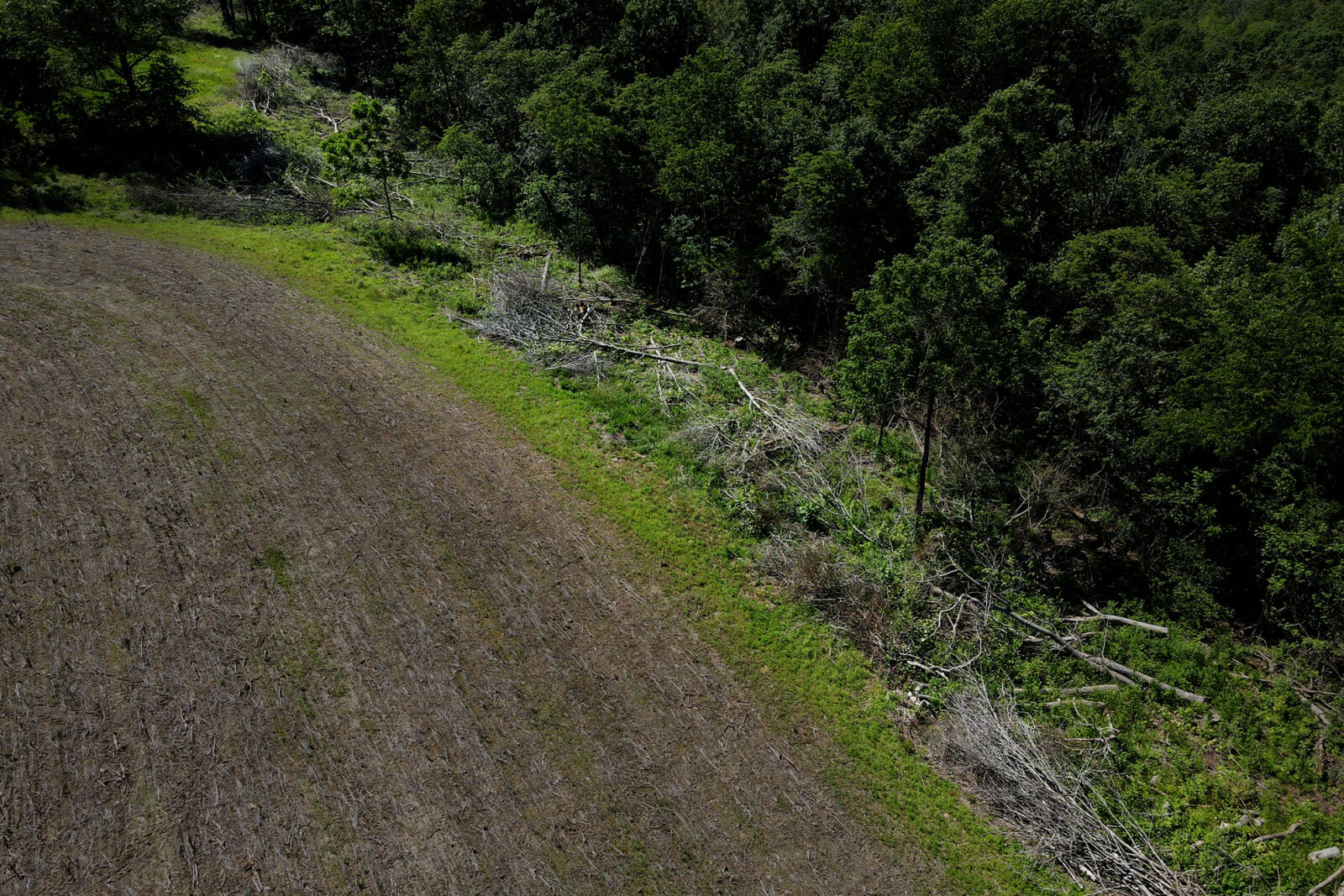
Research Backs It Up
Advances in research techniques over the last several decades have allowed scientists to evaluate behavior like never before. GPS collars allow the tracking of deer in intervals of minutes, rather than days. Recent research from Mississippi State University provides insight into the movements of mature bucks exposed to hunting pressure. The study showed that as bucks got pressured, they shifted how they used the habitat and the landscape. However, contrary to popular belief, they also found that hunting pressure did not reduce the amount of daylight movement of the bucks. Rather, bucks just restricted their movements to smaller areas.
Consider this example: a deer that walks a straight line may travel 1,000 yards each evening. This would be the length of 10 football fields. Another deer walks every five-yard line of a football field, going from sideline to sideline, zig-zagging down the entire field. By the time the second buck reaches the opposite end zone, he has also traveled 1,000 yards, but he never left the one-acre football field. They found that these pressured bucks still moved around the same amount as they did prior to hunting pressure being applied. They just confined their movements to smaller areas within dense cover. Those small areas of dense cover are what was described earlier, as bedding cover. The researchers tracked bucks that would get up, feed for several minutes, then lay back down. These bucks would repeat this behavior throughout the day, resulting in considerable daylight activity, just rarely outside of the areas that made them feel secure.
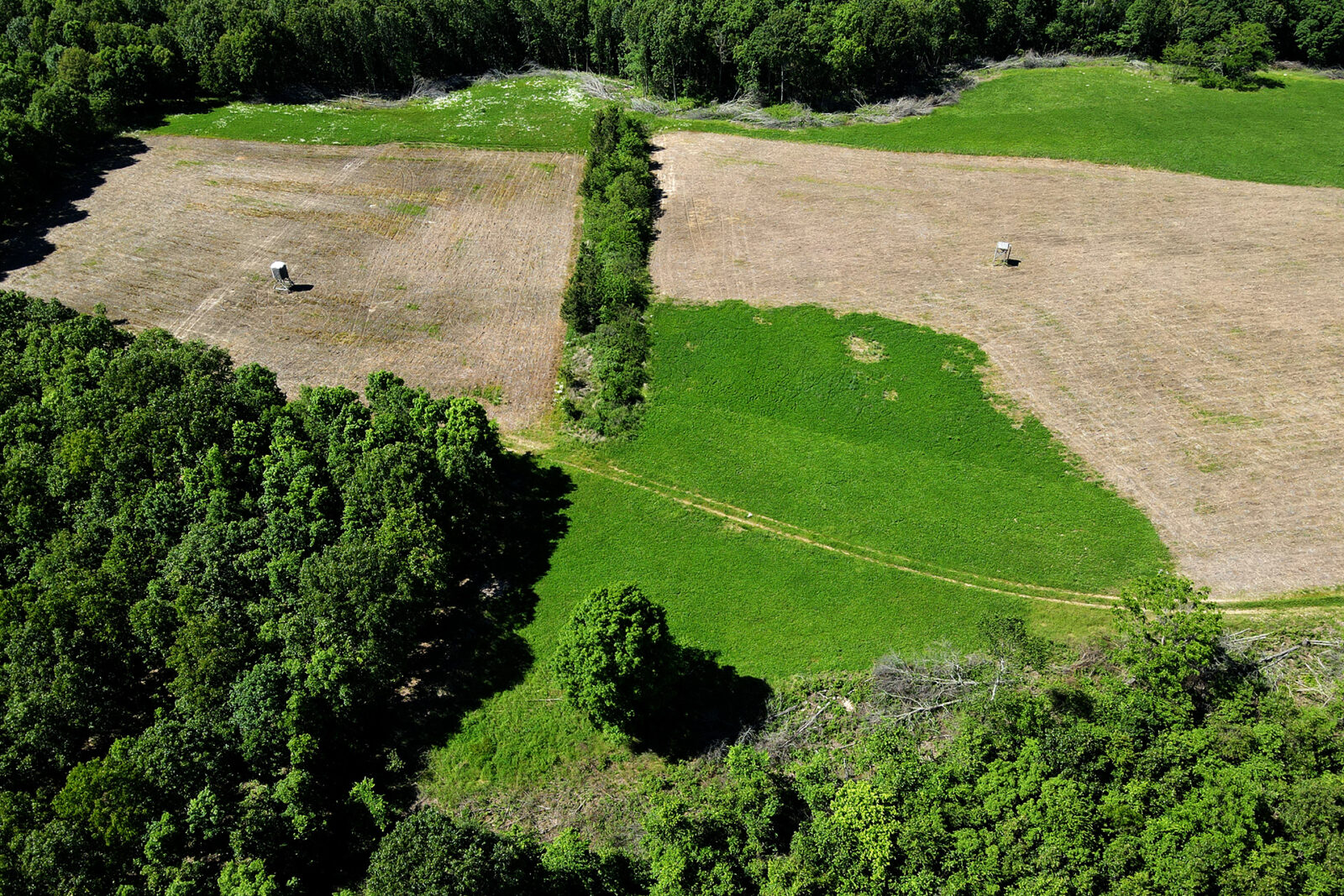
Putting It All Together
Appropriate habitat arranged in a strategic layout can provide ideal deer hunting opportunities. Hunting the edges of bedding areas during the rut can result in intercepting a cruising buck or a buck leaving his secure bed to work his way toward a nighttime rendezvous in a food plot. Caution must be used to not encroach too deeply into bedding areas; security is the anchor that keeps deer comfortable using these areas on a regular basis. If that security is disrupted by human traffic, unreliable deer use will result.
Another effective strategy is hunting the travel corridors described previously. If your target is harvesting a mature buck, avoid spending too much time sitting on the edge of food plots or ag fields. These situations are tempting to hunt due to the ability to observe large fields of view. However, research shows that mature bucks spend little daylight time exposing themselves in these feeding areas. Hunters are better served to hunt somewhere between the bedding cover and the food source.
If you are experiencing issues with rarely seeing mature bucks during daylight, it’s likely there is a habitat issue to blame. We use onX to lay out bedding thickets by evaluating slope aspects and measuring distances to feeding areas. Evaluate the farm you are hunting. If secure bedding cover is lacking, make a plan to correct the deficiency, then build the travel corridors to connect the bedding area to feeding areas. You’ll be amazed at the increase in daylight movement.
